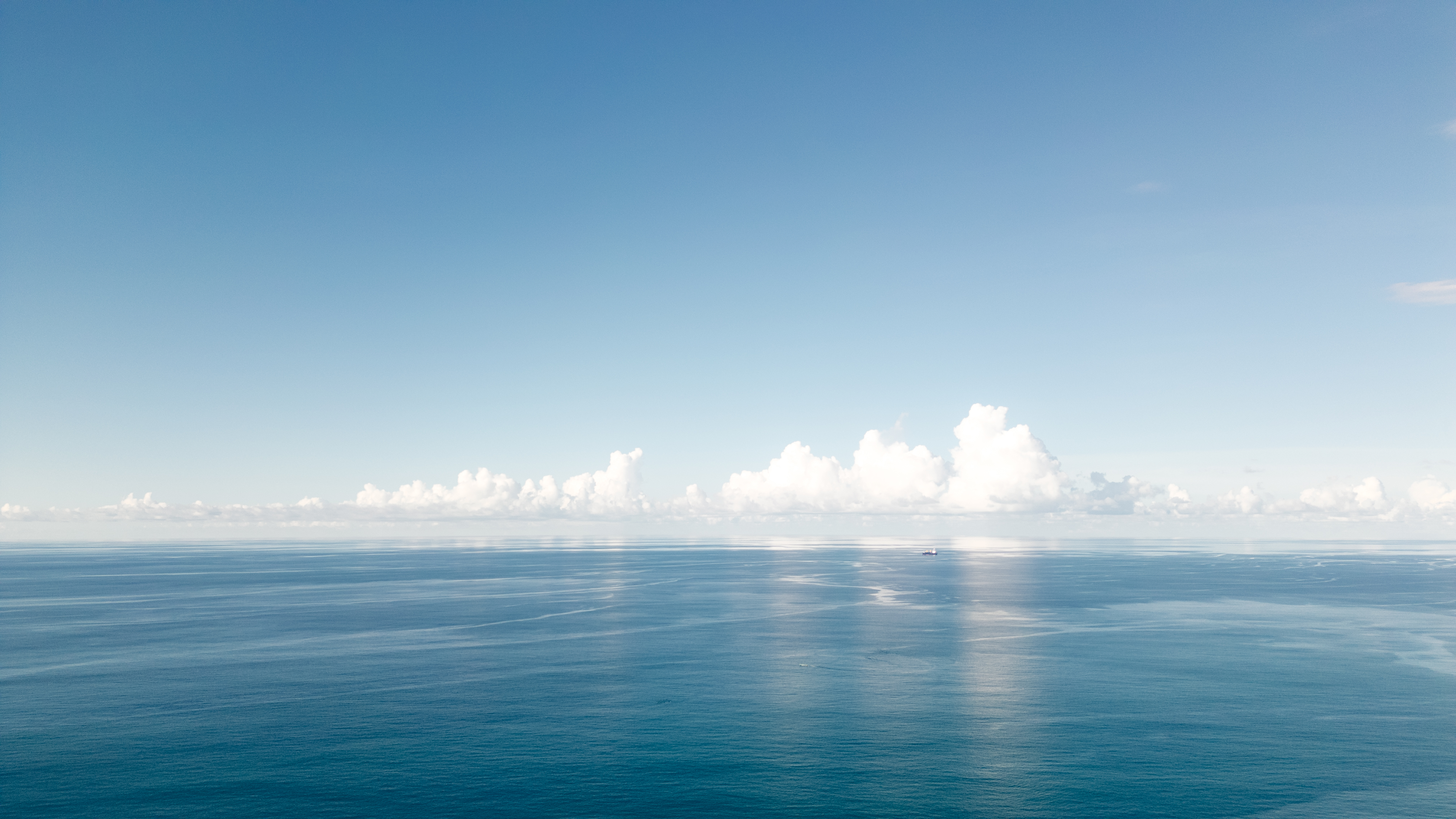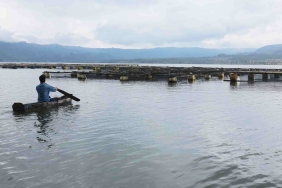LOMBOK OFTEN EXPERIENCES CLIMATE "ANOMALIES"
JAKARTA - Lombok Island is now the center of attention because of its unstable environmental conditions. The island with an area of more than 4,700 square kilometers and a population of around 4 million people often experiences extreme weather, from drought to flooding.
This uniqueness has apparently become an ""attraction"" for a team of experts from the Ministry of Environment 1 Inp to find out what seasonal patterns occur on the island located in the eastern part of Indonesia. The team of scientists, led by Djoko Santoso Abi Suroso, studied data on rainfall, ambient temperature, and sea level on Lombok Island for the past 30 years. "We studied the risks that occur due to climate change on Lombok Island,"" Djoko told Tempo in Jakarta on Wednesday.
Information on rainfall, ambient temperature, and sea level height was obtained from various sources, such as the National Disaster Management Agency, the West Nusa Tenggara Public Works Water Agency, the Meteorology, Climatology and Geophysics Station Selaparang (Ampenan), and climate change data recorded by the Intergovemmental Panel on Climate Change, part of the World Meteorological Organization.
Atmospheric science expert Tri Wahyu Hadi said, in general, the climate in Indonesia, including Lombok, is controlled by the Asian-Australian monsoon circulation, which is a flow of air or wind in the lower layers of the atmosphere that crosses the equator over Indonesia and changes direction every half year. On the island of Lombok, changes in the direction of this cross-equatorial air flow cause the rainy season to occur in December-Ja-nuary-February and the dry season in June-July-August, while other months are transitional periods. Annual rainfall maps made in the early 1900s show that Lombok Island is on the border between relatively wet and relatively dry areas.
This means that the island is a region that is sensitive to climate change. As evidence, in January 2007 there was a severe drought on the islands of Lombok and Sumbawa, resulting in crop failure. In fact, that month should have entered the rainy season because in December 2006 the rainfall was quite high. ""The rain suddenly disappeared and appeared again in February 2007,"" said Tri.
He added that the climate "anomaly" that occurred in January had never occurred during the period 1961-1990. At that time, January rainfall was around 300 millimeters and continued to decline to 175 millimeters in the 1991-2007 period, then completely disappeared at this time.
In addition to changes in rainfall, he added, there is an increase in average temperature almost every month by 0.5 degrees Celsius, except August and September. Tri estimates that in ten years the air temperature on Lom-bok Island will rise by 1 degree Celsius and increase by 2-3 degrees Celsius from 2070.
To determine the presence or absence of climate change on Lombok Island, the research team not only measured rainfall and environmental temperature, but also the high sea level. Marine climatologist Ibnu Sofian said oceanographers stated that global warming is closely related to the increasing frequency of El Nino and La Nina. The frequency of the two extreme seasons began to increase in 1970 until now. Whereas usually both El Nino and La Nina occur in the range of 2-7 years once.
Lombok Island, which is surrounded by the ocean, is very easily affected by rising sea levels, especially the danger of flooding or rob, sedimentation, and erosion. ""Such conditions are increasingly vulnerable due to the increasing frequency of climate extremes, such as El Nino and La Nina,"" said Ibnu.
Sea level rise occurs in the transition period between El Nino and La Nina, with an increase of 15-20 centimeters above the annual average. Ibnu estimates that by 2030, the sea level in the north and south coast of Lombok Island will reach 10.5-24 centimeters and will increase to 28-55 centimeters by 2080. This sea level rise, according to him, increases the risk of erosion, shoreline changes, and reduces wetland areas along the coast.
mm Kl warno





